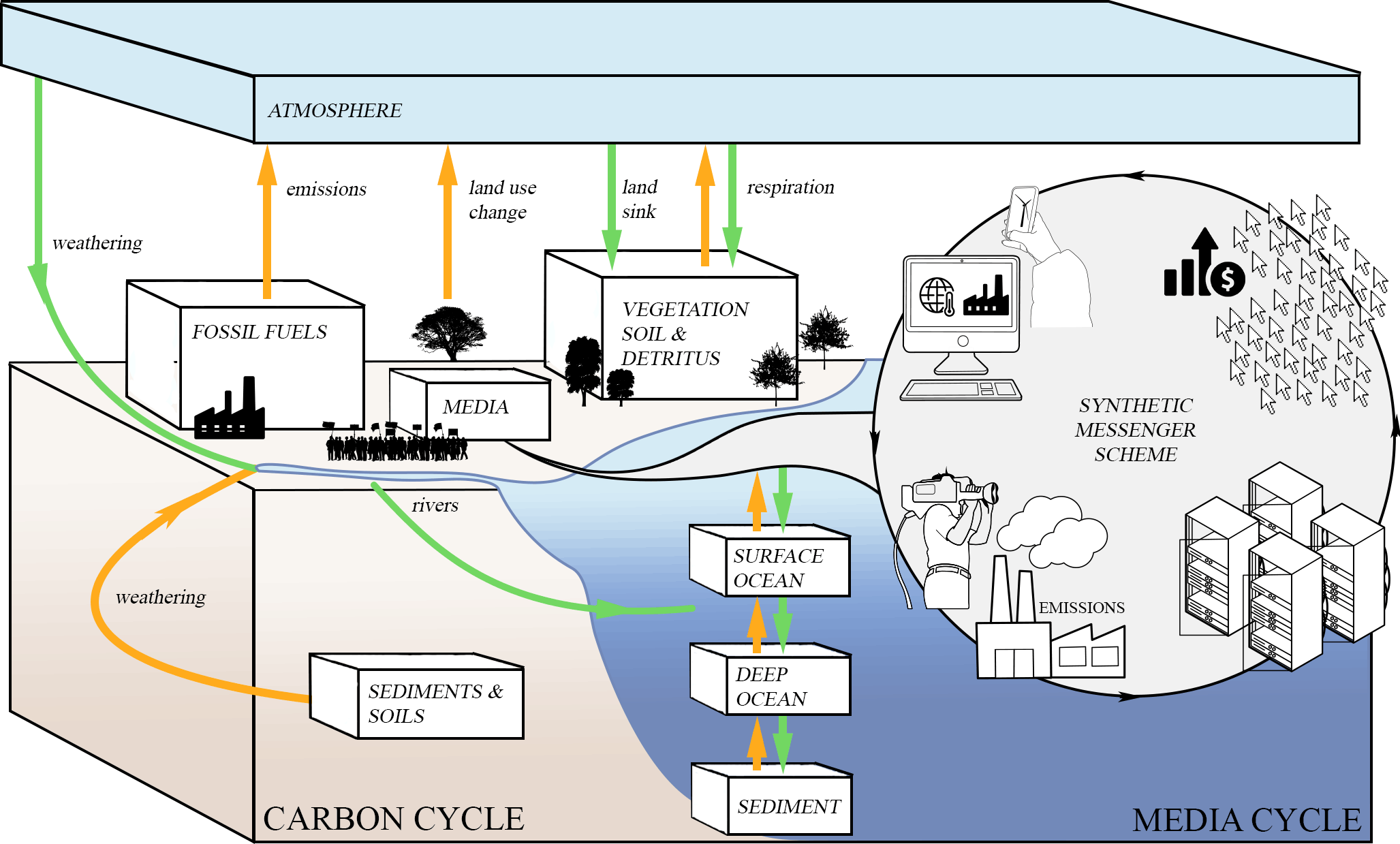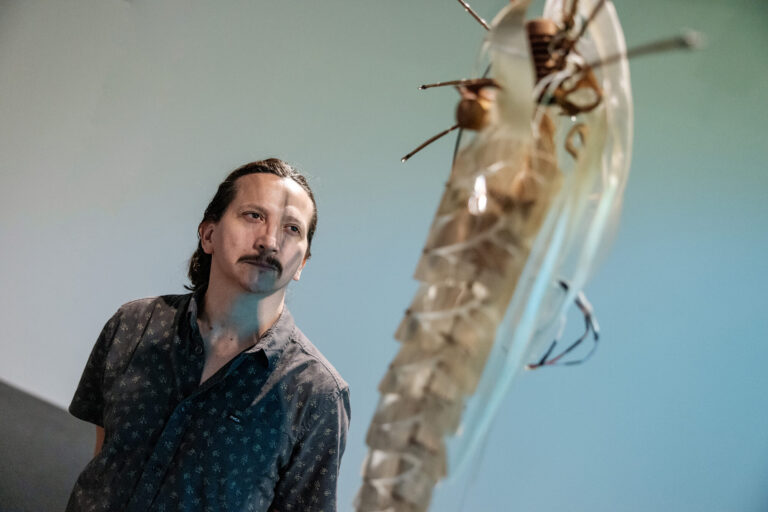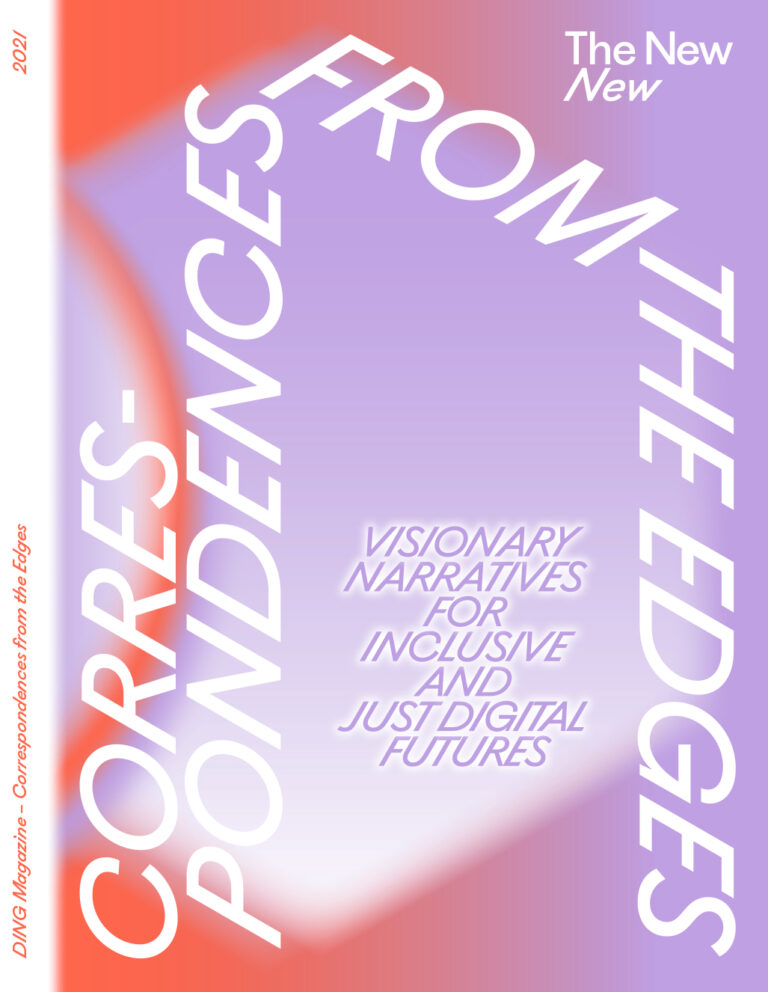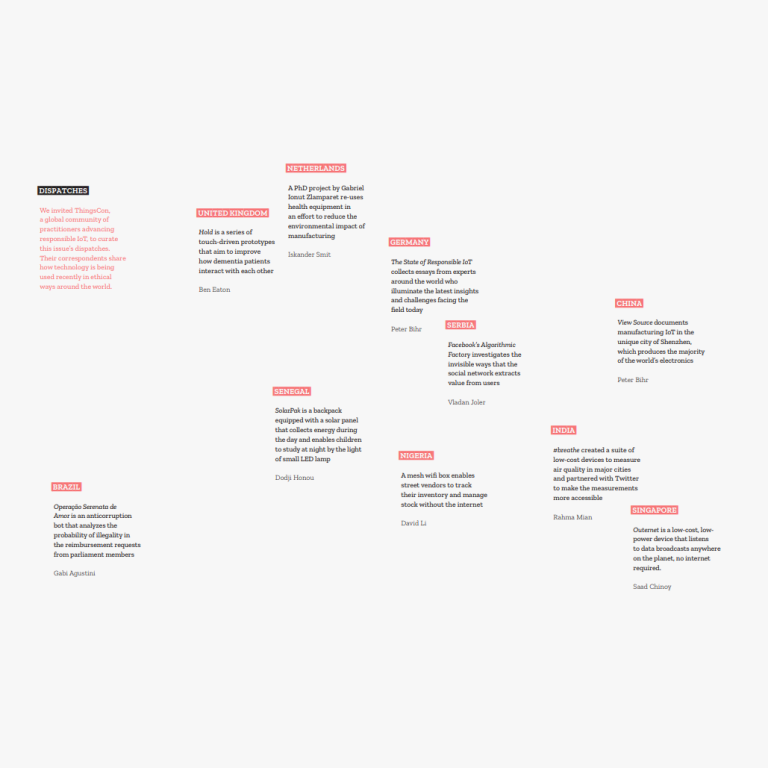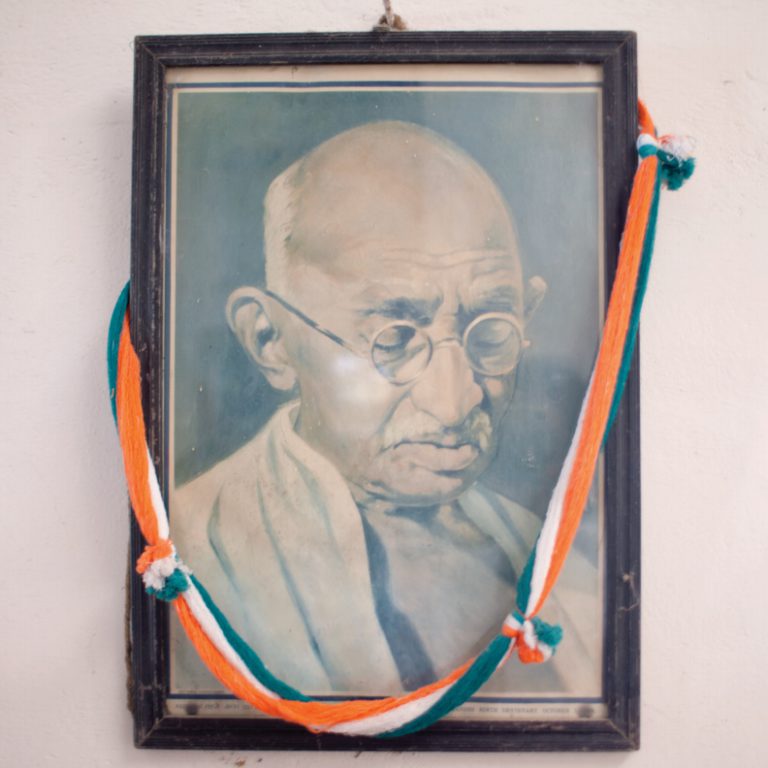Those who control the media cycle control the carbon cycle. This might sound counterintuitive. After all, the media is concerned with telling stories about what’s happening in the world, a practice that at first glance seems to be set apart from the physical mechanisms which determine how carbon moves around the biosphere. But at a time when our action or inaction produces distinct atmospheric signatures, the news we see and the narratives that shape our beliefs directly shape our climate. As wildfires ripped through Europe and North America this summer, a combination of increasingly fierce droughts and devastating, unpredictable floods hit the Sahel region in Africa, and record heat and enormous ice melt occur throughout the Arctic, we are witnessing what Australian climate scientist Joëlle Gergis calls “the great unravelling,” what could be described, without exaggeration, as the most significant event in human history. And yet, climate change still fails to regularly make or stay in the headlines.
This failure is at least in part related to algorithmic advertising, the business model that underpins journalism, and, broadly speaking, the internet in general. News organisations generate revenue by selling ads that run alongside their stories. The more traffic a story receives, the more money it earns, inevitably creating an incentive to optimize news coverage and journalistic endeavour for views and clicks, signals that are assumed to indicate the online crowd, the digital gathering. In short, the appearance of human engagement. Engagement data also determines how stories are aggregated, shared and promoted, creating amplification, often without human decision-makers in the loop. URL pings, page requests, mouse clicks, taps and scrolls: these are the data that now determine the value of reporting on different issues. Editorial decisions are by necessity influenced by these signals, as they form the baseline by which the intertwined economic and algorithmic logics of big data are enacted. But should coverage of an existential threat like climate change be contingent on such signals?
We are witnessing what Australian
climate scientist Joëlle Gergis calls
“the great unravelling,” what could
be described, without
exaggeration, as the most
significant event in human history.
Opinions about what is being done to the climate, who is responsible and what to do about it, are in turn shaped by media coverage. These opinions form part of a larger discourse that materially affects our ecological reality. And these opinions are open to manipulation, both offline and online, a fact that has been exploited by the fossil fuel industry and its proponents.
Industry-backed media manipulation strategies are well documented and wide ranging. They include undermining the credibility of prominent scientists, and funding and circulating inaccurate research that downplays risks or promotes false uncertainty around legitimate climate science. Narrative strategies have also included sophisticated rhetorical techniques, like framing emissions reductions as an individual rather than systemic problem, an idea that hit the mainstream in 2004 when BP’s PR team developed the first “carbon footprint calculator,” a move which has successfully deflected attention away from industry responsibility and accountability for years.
Engagement signals like the gathering of crowds in physical space, or clicks, shares and comments in virtual space are central to the appearance of democratic process where public opinion influences governance. Yet when energy companies hire services like Crowds on Demand to send attendees to government forums to support fossil energy production, as New Orleans energy group Entergy did to get a new gas plant approved, we are reminded that public engagement, even in “the real world”, can be coerced or simulated.
Unlike botnets which attempt to directly manipulate the opinions and emotions of a human audience, our botnet is concerned solely with manipulating the outcomes of other automated systems.
The internet provides an even richer set of opportunities for simulating public engagement and persuasion. And while the recent anxieties about bots, trolls and automated activity (particularly around electoral politics) are perhaps disproportionate to their actual impact, the use of bots to spread and amplify climate misinformation is a genuine challenge in a media ecosystem that remains sympathetic to climate deniers and fossil fuel lobbyists. Climate scientist and author Michael Mann has catalogued examples of social media trolls and bots deliberately provoking outrage, distorting facts or promoting particular viewpoints about climate issues. These include efforts to sow confusion around Canadian Prime Minister Justin Trudeau’s support of carbon pricing, the harassment of his environment minister Catherine McKenna, and conspiracy seeding during the unprecedented and catastrophic Australian fires of the 2019/2020 summer. It is notable that platforms like Facebook and Twitter have made efforts to moderate misinformation around Covid-19 vaccines with flags and warnings but remain unwilling to do the same for posts sharing climate misinformation. So when social media platforms won’t moderate misinformation on the most urgent issue of our time, and news outlets refuse to give it the space it deserves, what can be done to push back?
A Second-Order Climate Engineering Scheme
If ecology is shaped by the media, and the media by algorithms and data, what opportunities exist for reshaping or reengineering these systems? What media interventions might produce desirable atmospheric effects?
These are some of the questions at play in our 2021 work, Synthetic Messenger. Synthetic Messenger is a botnet that artificially inflates the value of climate news. When active, it searches the internet for news articles covering climate change, and then sends its 100 bots to visit the articles and click on all of the ads running alongside them. With every synthetic click, a small payment is made from advertiser to news outlet, artificially inflating the monetary, and therefore editorial and social, value of the articles. The system is programmed to ignore reporting from sites known to support climate denial or fossil industry agendas, like those in the media empire of Rupert Murdoch.
Synthetic Messenger livestream recorded during the STRP Festival, June 2021 © Tega Brain and Sam Lavigne4
Applied at scale, this technique would incentivise the coverage of climate change by media companies, and suggests further opportunities for automated guerrilla actions which target systems rather than individuals. Unlike botnets which attempt to directly manipulate the opinions and emotions of a human audience, our botnet is concerned solely with manipulating the outcomes of other automated systems. As the hysteria around bots reveals, this runs counter to much critical discussion about the impact of algorithmic media, which tends to hone in on the scale of individual experience rather than zoom out to consider broader systemic conditions. This is why Synthetic Messenger is not a reinformation campaign. Instead, it is an attempt to first expose the logic of big data in journalism and then manipulate that logic for restorative ends. It uses the properties of an automated media environment against itself, as a leverage point. It’s bots talking to bots, bots all the way down.
In order to show what the bots actually do, we visualized their activities as a performance in a Zoom call. When the project is activated, onlookers can enter the call and see the bots visiting articles and doing their work in real time. Each bot joins the call individually, and its actions are animated with a hand and a voice recording, assets that were donated to the project by volunteers. The work also consists of a data dashboard showing live stats of the botnet. During the botnet’s first outing at the 2021 STRP festival in Eindhoven, it ran for a period of ten days, visited 2,268,689 news articles and clicked 6,216,266 ads.
Time is running out to address the climate emergency.
Time is running out to address the climate emergency. As the IPCC continually reminds us, we are fast reaching a point where large-scale interventions via climate engineering are needed to avert catastrophe. Many schemes, some highly speculative, have been proposed, including carbon removal by tree planting, catalyzing geochemical processes, instigating changes in agricultural soil management, developing giant air-sucking machines (the Gates Foundation is investing heavily in this approach), and even solar radiation management. Massive carbon removal schemes were already included in most of the 2018 IPCC scenarios that laid out how we might stay within 1.5ºC of warming, despite the fact that these approaches did not, and still do not, exist at any meaningful scale.
There is deep scepticism in the scientific community that they ever could. But what if instead of devising schemes that focus solely on manipulating the biophysical world, the notion of climate engineering was expanded to encompass efforts to mitigate the climate crisis that go beyond the “tech fix”?
The climate and media cycle as illustrated for Synthetic Messenger, 2021 © Tega Brain and Sam Lavigne
What new modes of analysis, expression and critique open up when we consider something like media and media infrastructure to be forms of climate engineering? Synthetic Messenger is a first attempt at this reframing. It is a second-order climate engineering scheme that tries to reveal, and thereby undermine, one of the many failing systems that have brought about this crisis.
We must consider all aspects of our political and productive, collective and individual lives through an expanded lens of climate engineering.
The wealthiest people on the planet are presently hard at work trying to foist their impoverished imaginations onto the rest of us. While the world floods and burns, billionaires are invigorating themselves by dreaming up and enacting the most convoluted possible scenarios, which include abandoning the planet, in order to maintain a trajectory of ecological destruction that serves no one but themselves. In parallel, the giant fossil fuel corporations are busy positioning themselves as the ones to address a crisis they themselves have created, which would have the inevitable outcome of commodifying a safe atmosphere. But no technological fix or venture capital scheme will adequately address this crisis. Instead, we must consider all aspects of our political and productive, collective and individual lives through an expanded lens of climate engineering. Any possibility of a worthwhile future will come in the form of social and economic redistribution and reparation. Until then, we should be doing whatever we can to undermine and supplant the logics that have led us to this point.
1. See Camila Domonoske’s report on this for NPR. “New Orleans News Site Finds Actors Were Paid To Support A Power Plant”, published May 5, 2018. https://www.npr.org/sections/thetwo-way/2018/05/05/608785751/new-orleans-news-site-finds-actors-were-paid-to-support-a-power-plant
2. See p. 172, Michael Mann (2021) The New Climate War: the fight to take back our planet. London : Hachette.
3. The Synthetic Messenger project and data can be viewed at http://syntheticmessenger.labr.io/
4. Will Carton discusses the scientific scepticism of negative emissions technologies in his chapter, ‘Carbon unicorns and docile futures: Whose emissions reduction pathways is the IPCC performing?’ in Holly Jean Buck, Andreas Malm and J.P. Sapinski (2020) Has it Come to This? The Promises and Perils of Geoengineering on the Brink. New Brunswick, NJ : Rutgers University Press


